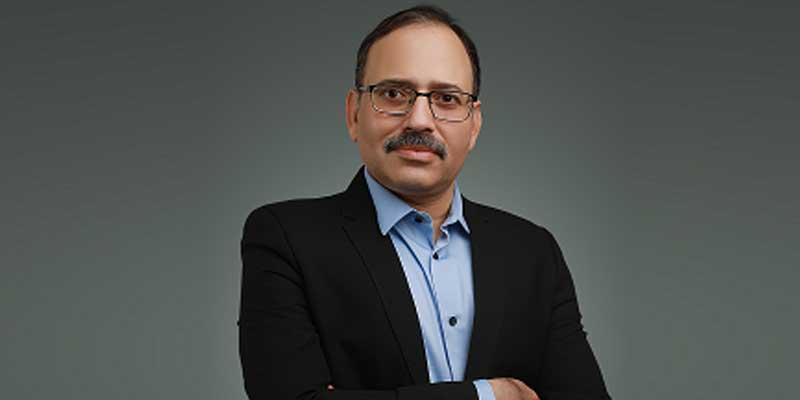Schedule a Call Back
Public charging stations have surged ninefold in India
 Articles
Articles- Aug 16,24

Related Stories

Aimtron Electronics Posts 112.5% YoY Revenue Growth in H1 FY26, Expands ODM
Aimtron Electronics achieves 112.5 per cent YoY revenue growth in H1 FY26, fueled by strong export, defence, IoT, and ODM sectors. Secures major contracts and fundraise.
Read more
Concord Control Systems Reports 64% YoY Growth in Revenue for H1 FY26
Concord announces strong performance for H1 FY26, with a 64 per cent YoY growth in revenue, driven by increased demand for advanced railway automation solutions.
Read more
BorgWarner Supplies Advanced Turbocharging and Cam Timing for Stellantis Engines
BorgWarner partners with Stellantis to provide VTG turbocharger and eVCT tech for 2026 Jeep Grand Cherokee and Cherokee, improving performance and efficiency.
Read moreRelated Products

Automotive Oil Pump
Kalpak Auto Pvt Ltd offers a wide range of
automotive oil pump.
Tata Motors unveils facilities for development of Hydrogen propulsion tech
Tata Motors, India?s largest automobile company, unveiled two state-of-the-art & new-age R&D facilities for meeting its mission of offering sustainable mobility solutions. The unveilings constitute of Read more
Tata Motors plans petrol powertrain for Harrier and Safari SUVs
Tata Motors is in the process of developing a new petrol powertrain for its premium sports utility vehicles, the Harrier and Safari, as confirmed by a senior company official. Currently, these models Read more














